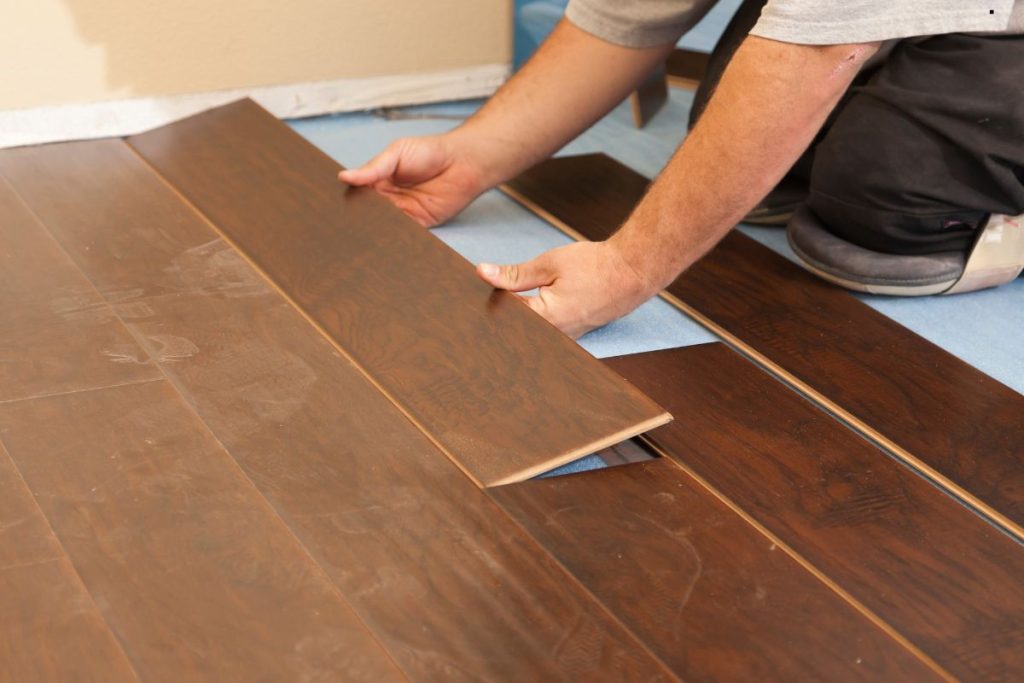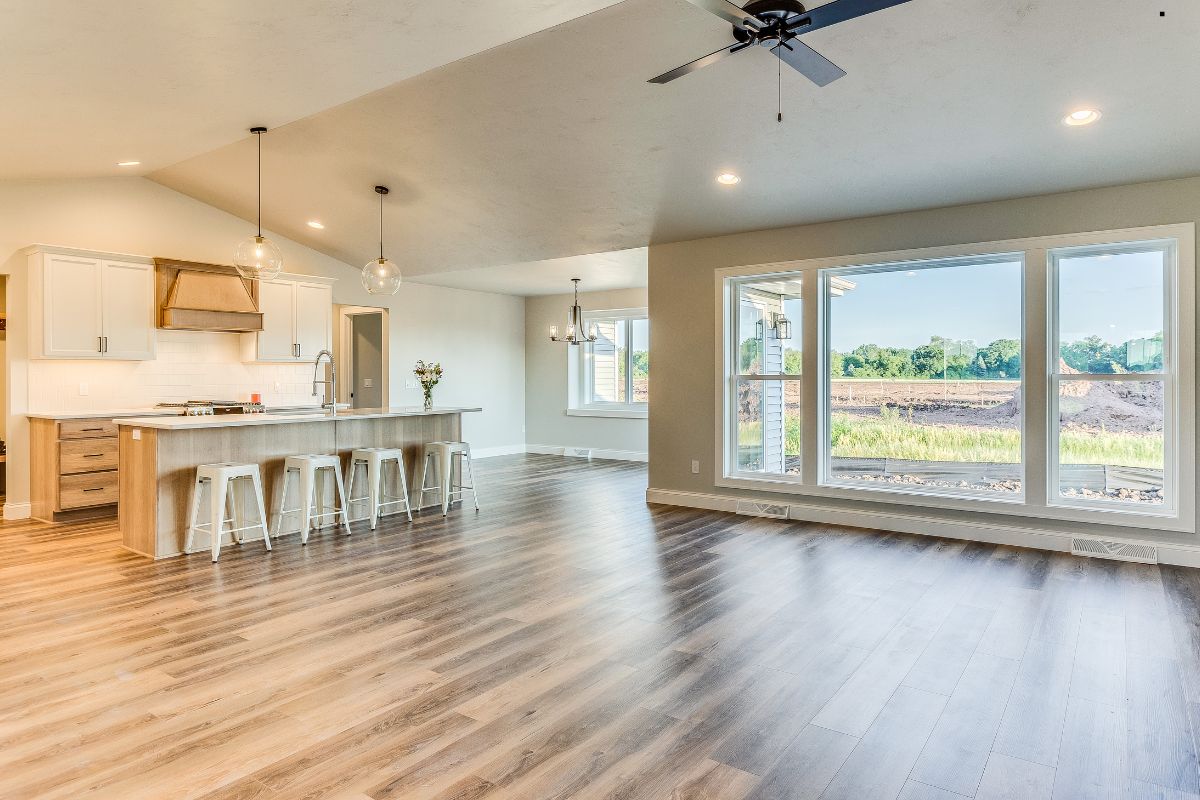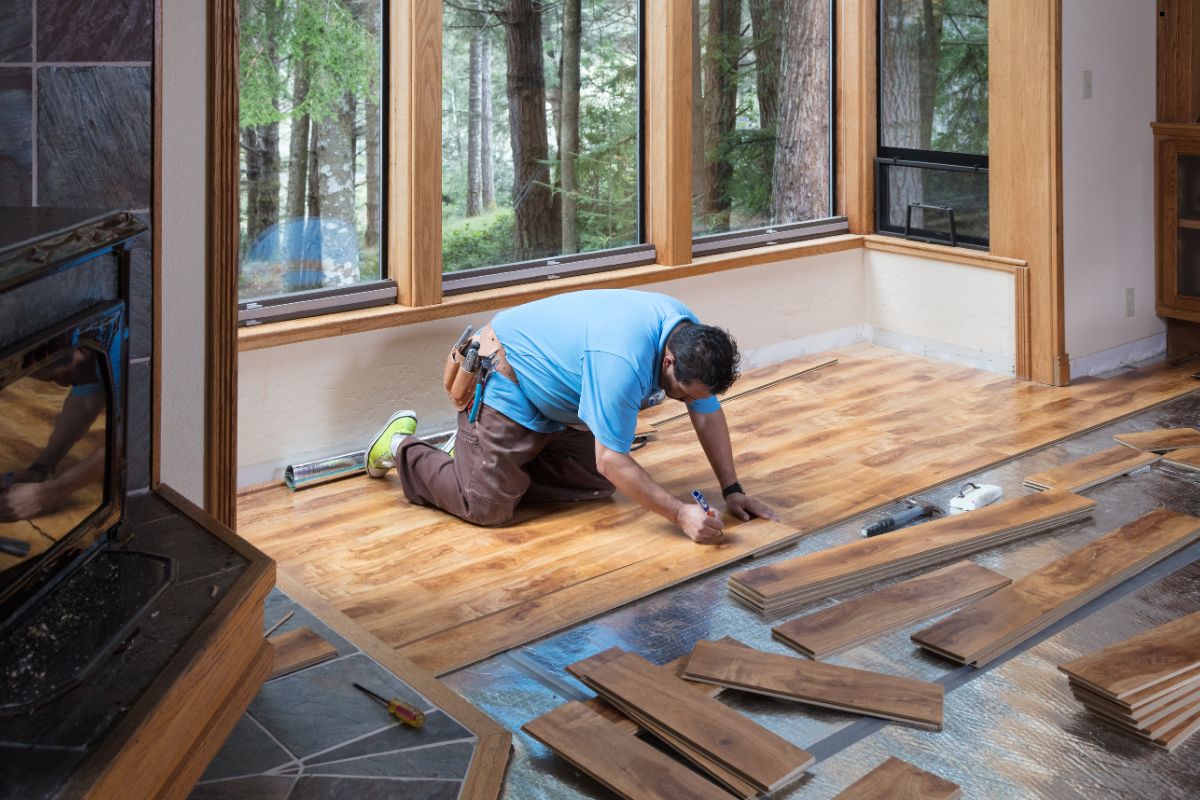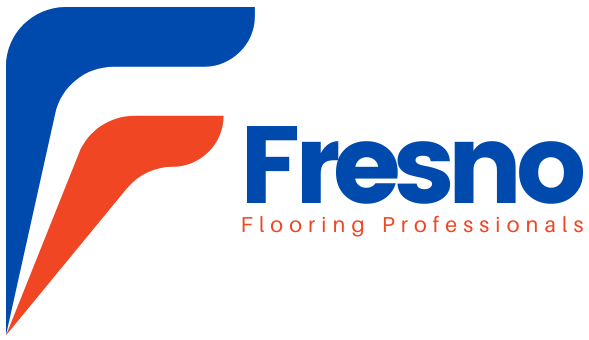
Are you looking for a flooring option that combines the beauty of real wood with superior durability and affordability? Engineered wood flooring might be the perfect solution for your home. In this comprehensive guide, we’ll explore everything you need to know, from understanding its construction to selecting the perfect style for your space. Whether you’re renovating a single room or an entire house, discover why engineered wood is becoming a top choice for American homeowners.
Introduction: What is Engineered Wood Flooring?

Engineered wood flooring has rapidly gained popularity in the United States as a versatile and practical alternative to solid hardwood. Unlike solid wood, which is a single piece of timber, engineered wood consists of multiple layers bonded together. The top layer is a veneer of real hardwood, providing the authentic look and feel of solid wood, while the core layers are typically made of plywood, MDF (Medium-Density Fiberboard), or HDF (High-Density Fiberboard). This construction makes engineered wood more stable and less susceptible to warping or cupping, especially in environments with fluctuating humidity levels. For more details on how flooring options perform in different spaces, check out our previous blog page on The Best Flooring for High Traffic Areas in Fresno.
Why Choose Engineered Wood Flooring?
Engineered wood offers numerous advantages over solid hardwood and other flooring types:
- Stability: Its multi-layered construction makes it more resistant to moisture and temperature changes, preventing warping and expansion.
- Durability: With proper care, engineered wood can last for decades, making it a worthwhile investment.
- Affordability: It’s generally more affordable than solid hardwood, making it accessible to a wider range of homeowners.
- Versatility: Available in a wide range of species, styles, and finishes to complement any décor.
- Ease of Installation: Many engineered wood products are designed for easy installation, even for DIY enthusiasts.
- Eco-Friendly: Often uses less hardwood than solid wood flooring, making it a more sustainable option. Call us to learn more about eco-friendly flooring solutions for your home.
Ready to transform your home with the beauty and durability of engineered wood flooring?
Understanding Engineered Wood Construction: The Layers That Make a Difference
The performance of engineered wood flooring hinges on its construction. Let’s break down the layers:
- Wear Layer: This is the top layer, made of real hardwood veneer. Its thickness determines the floor’s durability and how many times it can be sanded and refinished. For more details on hardwood options, check out our page on Hardwood Flooring.
- Core: The core provides stability and resistance to moisture. Common core materials include plywood, MDF, and HDF.
- Backing: The bottom layer provides additional stability and helps prevent moisture from seeping into the core.
- Core Options: Plywood, MDF, and More
The choice of core material significantly impacts the floor’s performance:
- Plywood Core: Offers excellent dimensional stability and moisture resistance, making it a good choice for areas with higher humidity.
- MDF Core: Provides a smooth, stable surface but is more susceptible to moisture damage than plywood.
- HDF Core: A denser version of MDF, offering improved stability and resistance to dents.
Thickness and Stability
The thickness of both the wear layer and the overall plank affects the floor’s longevity and stability. A thicker wear layer allows for more sanding and refinishing over the floor’s lifespan. Consider your lifestyle and traffic levels when selecting the appropriate thickness.
Considering upgrading to resilient and beautiful engineered wood flooring?
Styles and Aesthetics: A World of Looks: Species, Cuts, and Finishes
One of the biggest advantages of engineered wood flooring is its wide range of aesthetic options. If you’re affiliated with specific brands or manufacturers,
Wood Species: Oak, Maple, Hickory, and Beyond
Each wood species offers a unique grain pattern, color variation, and hardness:
- Oak: A classic choice with a prominent grain and excellent durability.
- Maple: Offers a more subtle grain and a lighter, more modern look.
- Hickory: Known for its strength and bold grain patterns.
Plank Width and Length
Wider planks (5 inches or more) are currently trending, creating a more spacious and luxurious feel. Longer planks can also enhance the visual appeal of a room.
Surface Textures: Smooth, Hand-Scraped, Wire-Brushed
Surface textures add character and can help conceal minor imperfections:
- Smooth: Offers a clean, contemporary look.
- Hand-Scraped: Provides a rustic, timeworn appearance.
- Wire-Brushed: Accentuates the wood’s natural grain.
- Finishes: Matte, Satin, Gloss
The finish affects the floor’s sheen and durability. Matte finishes are low-maintenance and hide scratches well, while gloss finishes offer a more polished look but may require more frequent cleaning. Call us for expert advice on choosing the right finish for your flooring.
Discover the perfect engineered wood flooring to match your unique style!
Installation: DIY vs. Professional Installation
Installing engineered wood flooring can be a DIY project for experienced homeowners. However, professional installation is often recommended, especially for complex patterns or uneven subfloors.
Common Installation Methods
- Glue-Down: The planks are glued directly to the subfloor, providing a solid and stable feel.
- Nail-Down: Planks are nailed to a wood subfloor, offering a traditional installation method.
- Floating: The planks are connected to each other but not directly attached to the subfloor, making it a faster and easier installation method.
- Subfloor Preparation: A Critical Step.
Proper subfloor preparation is essential for a successful installation. The subfloor must be clean, level, and dry. A moisture barrier may also be necessary to prevent moisture damage.
Maintenance and Care: Keeping Your Floors Looking Their Best

Proper maintenance is key to extending the life of your engineered wood flooring:
- Sweep or vacuum regularly: Remove dirt and debris to prevent scratches.
- Use a damp mop for cleaning: Avoid excessive water, which can damage the core.
- Use a pH-neutral wood floor cleaner: Harsh chemicals can damage the finish.
Protecting Your Investment
- Use rugs in high-traffic areas: Protect the floor from wear and tear.
- Place furniture pads under furniture legs: Prevent scratches and dents.
- Avoid wearing shoes with high heels: Protect the floor from dents.
Addressing Common Issues
- Scratches: Minor scratches can often be repaired with a scratch repair kit.
- Dents: Deeper dents may require professional repair.
- Water Damage: Address water spills immediately to prevent damage to the core.
Keep your engineered wood floors looking beautiful for years to come!
Cost and Budgeting: Breaking Down the Price
The cost of engineered wood flooring varies depending on the species, thickness, wear layer, and installation method. On average, expect to pay between per square foot for materials and installation.
Factors Affecting the Cost
- Wood Species: Exotic wood species tend to be more expensive.
- Thickness: Thicker wear layers increase the price.
- Installation Complexity: Complex patterns and subfloor issues can increase labor costs.
Get a clear picture of your engineered wood flooring investment.
Buying Guide & Where to Buy: Choosing the Right Flooring for Your Needs
When selecting engineered wood flooring, consider your lifestyle, budget, and aesthetic preferences.
Assessing Your Lifestyle and Needs
- High-traffic areas: Choose a durable floor with a thick wear layer.
- Homes with pets: Select a scratch-resistant finish.
- Rooms with moisture: opt for a floor with a plywood core.
Reputable Retailers and Brands
Let us guide you to the perfect engineered wood flooring solution for your home!
Conclusion: Engineered Wood: A Smart Choice
Engineered wood flooring offers a winning combination of beauty, durability, and affordability. With its versatility and ease of maintenance, it’s an excellent investment that will enhance the value and comfort of your home for years to come.
Important Notes:
- Optimize Images: Use descriptive file names and alt text for all images.
- Mobile-Friendly: Ensure the blog post is fully responsive and looks great on all devices.
- Promote: Share your blog post on social media and through email marketing to drive traffic and engagement.
- Monitor and Adjust: Use analytics to track the performance of your blog post and make adjustments as needed to improve your search engine rankings and conversion rates. Contact us for expert help in optimizing your content strategy.

